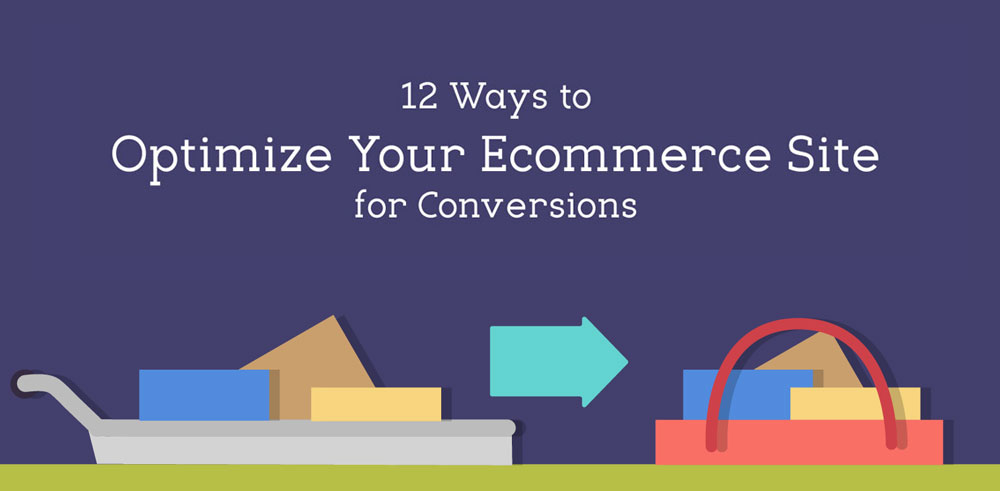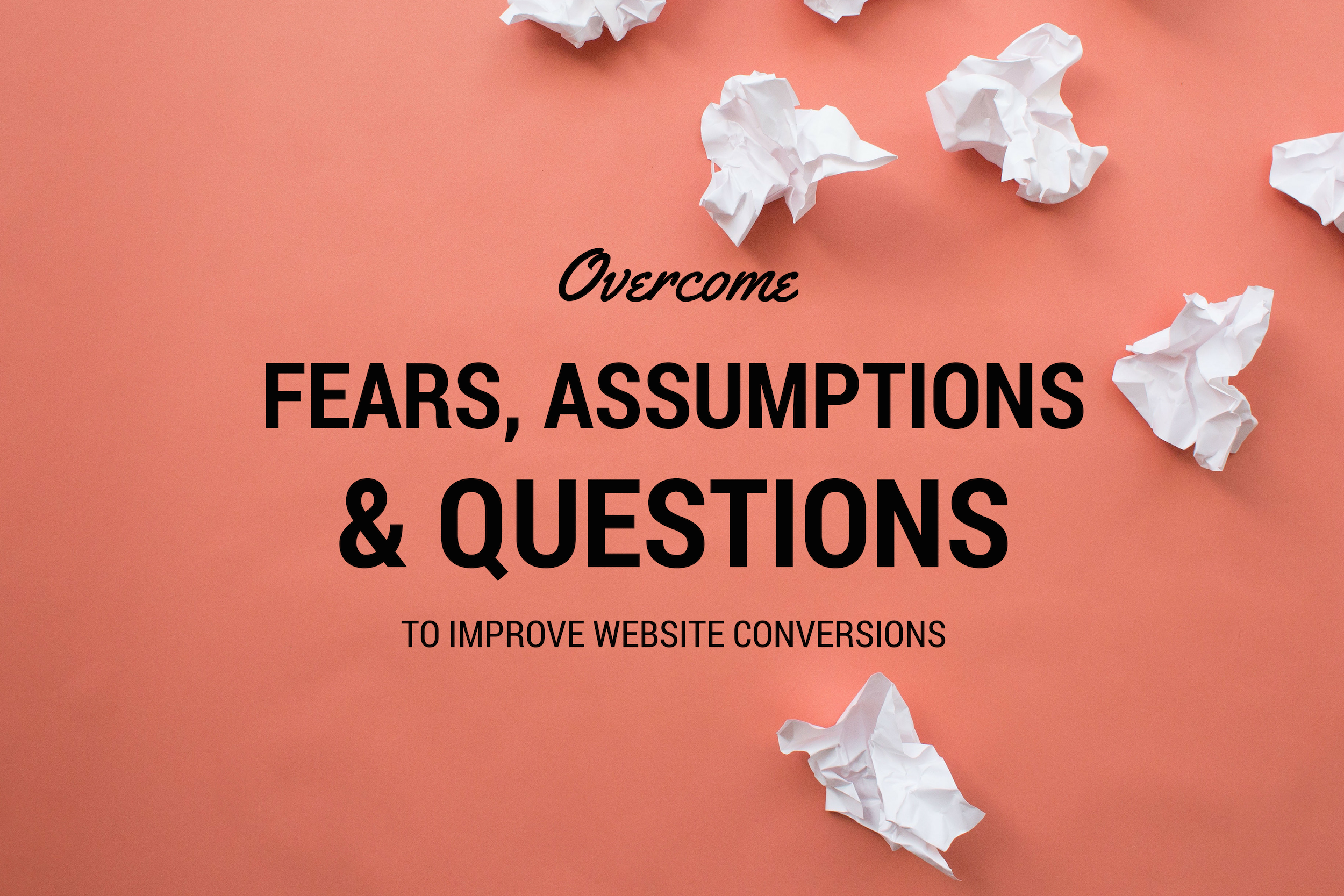When you started your business, you most likely hired a designer to develop your logo and website. Now you have a “brand,” right? But just like a person is more than his or her appearance, your brand is so much more than a domain name, color scheme, font, and logo. Your brand is the identity of your company, and that includes everything from the way you communicate and conduct business, to how you advertise, market, position, package, and sell. Your brand distinguishes your company from its competitors. Without that distinction, your product or service becomes a commodity, and commodities compete purely on price.
Your brand is more than a name, color scheme, and logo. Your brand is the identity of your company. Click To TweetPeople may have given Mitt Romney a hard time when he implied that corporations were people, but when it comes to the concept of brand, that’s the easiest way to think about it – especially for small businesses. After all, your company is your baby, right? But does your business carry even a fraction of that significance with your customers? The answer to that question requires you to evaluate your brand. Here’s how:
Step 1: Document
As a small business owner, no one knows your company better than you. That knowledge can’t live in your mind, though. It’s time to put pen to paper—er, fingers to the keyboard—and describe your brand in great detail. StudioD recommends you start by answering the following questions:
- Who is your audience?
- Where (what platform or medium) do you reach that audience?
- Which key performance indicators (KPIs) do you use to determine the success of your business?
When I’m building brand documents, I like to dig a little deeper with the following questions:
- How do you want your audience to feel when interacting with your brand?
- What are you selling? Why do you sell it? What’s your company’s origin story?
- When the day ends, how do you know you and your team have done a great job?
- If you could promise your customers anything, what would it be?
- What’s your company mission? What goals are you trying to achieve every day?
- What’s your company vision? Where do you see the business in one, three, and five years?
Now, take all of those notes and organize them into the following sections (if you have a writer friend or colleague, consider enlisting him or her for this portion):
- Purpose: Detail your vision, mission, and goals as well as how you measure success.
- Audience: Describe your customers and prospects; tell their story. Be sure to include emotional details, like how they feel and how you want to make them feel.
- Mood and tone: Define the feel of your brand as well as the way in which you communicate. Essentially, this is where you describe your company’s “personality.”
- Promise: Provide a statement that identifies your commitment to your customers.
Now, combine these sections with the standards you received from your designers—you know, the fonts, color scheme, and logos—and ta-da! You’ve created a mini-brand guide.
Step 2: Examine the Data
While evaluating your small business brand, HuffPost Business recommends you make an “objective analysis of your performance.” So, you’ve already documented your KPIs, goals, and how you measure success. Now, it’s time to find the data. You’ve most likely done a competitive analysis, because most business plans require it. Dig up that analysis, determine if it’s still accurate or not, and update it, if necessary. Then, find the results for the following:
- Web traffic data (include the number of new visitors you receive and where they’re coming from)
- Marketing channel statistics (compare the effectiveness of different messaging platforms, such as social media and traditional advertising)
- Return on investment for your various marketing campaigns
- Brand awareness in your target demographic
Step 3: Ask the Tough Questions
In a Bloomberg Business article, author Steve McKee explains that a proper brand evaluation “requires you to set aside your biases and evaluate your brand through the cold, hard lens of an independent investment analyst.” With that lens, he challenges businesses to answer the following questions:
“Evaluate your brand through the cold, hard lens of an independent investment analyst. - @stevemckee Click To Tweet- Is your company in a growing sector? In other words, “Is this industry going to be healthy and growing—or for that matter even around—in two, five, or 10 years?”
- Is your market share growing?
- Does your company have dominance? “This doesn’t have to mean global dominance; if you serve a well-defined geography, for example, it may be enough that you’re dominant within it, even if there are bigger competitors across town, across the country, or across the world.”
- Are you different from your competitors? What’s your key differentiator?
- Is there a high barrier to entry for competitors?
- Does your company generate top-notch margins? “There are two ways to answer this question: in absolute terms and relative to your industry competitors.”
- Is your company generating strong cash flow? “There’s a lot of pressure on public companies to fund shareholder dividends. Just because your company isn’t public doesn’t mean you shouldn’t feel the same pressure.” You and any other backers deserve a “regular dividend. That is, unless you choose to reinvest most or all of your profits in growing your brand. But you should be in a position where the option is yours.”
Step 4: Talk to People
You may have case studies to reference for this, but if not, call, email, or chat—or even better, get face-to-face—with your customers. “Ask them to describe your company and what it does and does not do well. Ask them what they want and expect from your company that’s not being provided,” explains Valerie Bolden-Barrett in Chron Small Business. Take this exercise a step further, and talk to your employees and partners, too. “Ask managers and staff to describe the company and how they perceive its image. Find out how they feel about the company’s values…[and] for their definition of ‘exceptional customer service.’”
Step 5: Review Your Results and Revisit What You’ve Documented
Examine all the data and anecdotes you’ve amassed. What does it all say about your company and brand? Compare this information with your brand guide. Is there alignment? Is your brand guide an accurate reflection of reality? “Discrepancies indicate that your company isn’t delivering what it’s promising,” notes Bolden-Barrett. If there’s alignment, perfect. You’re done with this step. But if there are discrepancies, it’s time to return to your brand guide. You can:
- Revise the document to better align with the reality of things, or
- change your business to better align with what the brand guide makes you out to be.
Essentially, change your brand to suit the business or change your business to live up to the brand. Whatever you choose, revise your brand guide as needed.
Step 6: Review Everything
Look at every aspect of your business—from your website and advertisements to your trade show materials, phone conversations, and online chat transcripts. If an item or action involves communication, messaging, or design, scrutinize it. “Look for inconsistencies in the language, tone and quality of the written content. Also look for inconsistencies in typefaces, colors and the quality of photographs and illustrations on marketing materials, stationery and signage,” explains Bolden-Barrett. “Decide whether your ads and product packaging add distinction to your brand.” Essentially, determine what currently aligns with your brand guide and what doesn’t.
Step 8: Update and Live the Brand
Now that you’ve audited your business from a brand perspective, it’s time to make the necessary changes. Partner with a designer and marketing writer to overhaul anything that’s missing the mark, and team up with your employees to train them on the brand guide. That way, every team member is living and breathing your company’s brand in every customer interaction and at every touch point. Consistency is the key to strengthening your brand, which thereby strengthens customer loyalty. It’s imperative that every aspect, employee, interaction, and moment of your business represents the brand.
It’s imperative that every aspect, employee... and moment of your business represents the brand. Click To TweetCongratulations! You’ve evaluated your brand. Now come the hard part: sticking to everything. But, if your business truly is your baby, then there’s no reason why you wouldn’t stick to maintaining, upholding, and living the brand every day—especially because the success of your business depends so heavily upon it.
Have you ever audited or evaluated your brand before? Share your experiences in the comments below.



![8 Free Tools SMBs Can Use to Improve Customer Satisfaction [INFOGRAPHIC]](https://www.purechat.com/blog/wp-content/uploads/2015/12/8-tools-infographic-blog.png)



